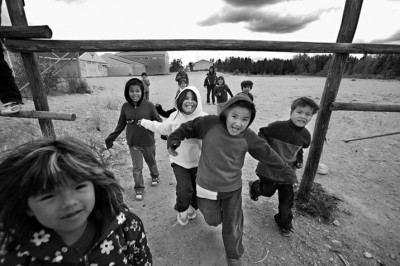 By Kim Matheson, Department of Neuroscience, Carleton University
By Kim Matheson, Department of Neuroscience, Carleton University
This week the Truth and Reconciliation Commission of Canada will be releasing its final report. This report details the statements provided by Survivors, staff, and honorary witnesses describing the experiences of over 150,000 First Nations, Inuit, and Metis children who attended the Indian Residential Schools (IRS). These statements will be buttressed with documentation provided by the government and Churches responsible for the running of the schools. And the report will include calls to action that enable Canada to move forward in building a new relationship with its Indigenous peoples based on respect and equality.
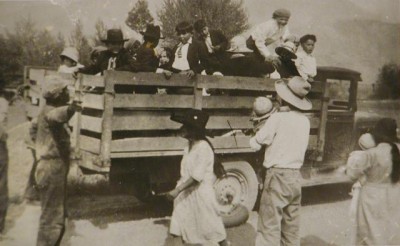
Canada has engaged in many systemic efforts designed to ‘assimilate’ Indigenous peoples (e.g., the Indian Act, violated treaties and land rights, the 60’s Scoop). But the establishment of the Indian Residential Schools was likely one of the most devastating.
Although there was an awareness of the neglect and abuse experienced by the children in these schools, the TRCC has uncovered just how widespread, inhumane, and beyond the norms of the times, the treatment of the children was in some of the IRSs. For example,
We did not know that an estimated 4-6,000 children died in the schools, and in many instances, their parents were never informed.
We did not pay attention when we were told of the ‘experiments’ conducted in the schools to observe the effects of malnutrition and starvation.
 We did not know about the student-to-student abuse that was encouraged and rewarded either directly, or through such impoverished conditions that the perpetration of such abuse became a survival strategy that is likely at the roots of the lateral violence seen in some Indigenous communities today.
We did not know about the student-to-student abuse that was encouraged and rewarded either directly, or through such impoverished conditions that the perpetration of such abuse became a survival strategy that is likely at the roots of the lateral violence seen in some Indigenous communities today.
We do know that, in the name of ‘saving their souls’ the IRSs were just one strategy that the government used to destroy Indigenous identity. Indigenous pride. Indigenous wellness. Indigenous families. Indigenous communities. Indigenous culture. Indigenous autonomy.
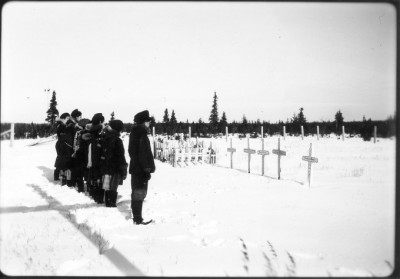 The impacts of these events are not simply historical. There is increasing evidence of the intergenerational impacts of the IRSs on second and third generation offspring, through biological (epigenetic), familial (disrupted parenting practices and relationships with extended family), and social and cultural processes (community structures were dismantled, and relationships filled with mistrust).
The impacts of these events are not simply historical. There is increasing evidence of the intergenerational impacts of the IRSs on second and third generation offspring, through biological (epigenetic), familial (disrupted parenting practices and relationships with extended family), and social and cultural processes (community structures were dismantled, and relationships filled with mistrust).
Although the TRCC will report on the IRSs, one cannot separate the comprehensive actions that have affected Indigenous peoples and continue to be evident today. This includes
Continued overrepresentation and underfunding of children in state care. Although Indigenous peoples represent just over 4% of the Canadian population, nearly ½ of children under 14 in foster care in Canada are Indigenous;
Loss of language and transmission of culture;
The underfunding and lack of autonomy regarding education. In 2001, 48% of Indigenous peoples had less than high school graduation, and only 4.4% had a University degree. Rural and remote schools continue to be under-resourced to provide culturally appropriate education and skills to success in a knowledge economy;
The devastating effects on health and mental health, and on equitable access to culturally appropriate prevention (including healthy living conditions) and treatment programs, particularly in rural and remote communities. Infant mortality is 2X greater among Indigenous communities than among non-Indigenous people. Suicide rates of Indigenous youth (15-25 yrs) are 5-7X higher than non-Indigenous youth, and Inuit youth rates of suicide are 11X higher than non-Indigenous youth. Adults are more likely to contract lung cancer, respiratory problems, tuberculosis (6-17X higher than non-Indigenous adults), obesity and Type II diabetes, and HIV/AIDS.
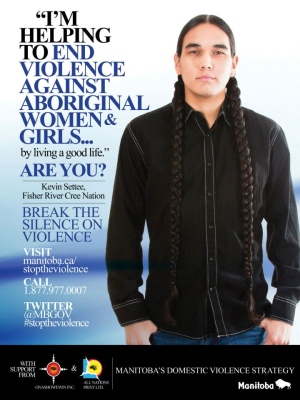 And social justice, whether we’re talking about the homelessness or overcrowding in homes; the disproportionate numbers of Indigenous men and women incarcerated in our jails, many for issues related to illnesses such as PTSD, substance abuse, and fetal alcohol syndrome; to the lack of attention paid to the fact that 75% of First Nations women experience abuse, and we cannot account for why, between 1980 and 2013, there were over 1200 stolen and murdered Indigenous women.
And social justice, whether we’re talking about the homelessness or overcrowding in homes; the disproportionate numbers of Indigenous men and women incarcerated in our jails, many for issues related to illnesses such as PTSD, substance abuse, and fetal alcohol syndrome; to the lack of attention paid to the fact that 75% of First Nations women experience abuse, and we cannot account for why, between 1980 and 2013, there were over 1200 stolen and murdered Indigenous women.
This is a historical moment for Canada. With the release of the report of the TRCC, Canadians have a choice.
We can simply pat ourselves on the back, and say, ok, we’ve done our bit – what needed to be said has been said, and so let’s consider it water under a bridge.
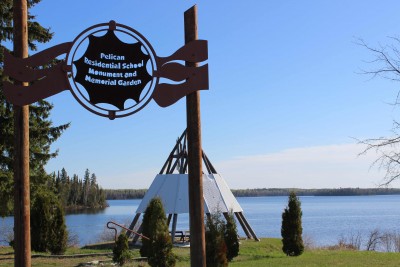
Photo by Ariel Root
Or we can choose for this to be a turning point in the history of our relationship with the Indigenous peoples of this land and work together toward healing, hope, respect, and reconciliation.
This is not just an Indigenous issue – it is a Canadian issue. #Myreconciliationincludes every single Canadian taking responsibility for making the right choice.
Related CHAIM blogs:
From Colonialism to Candor: The Indian Residential Schools
Prisons & Mental Health: Violence & Truth-telling
Four Nylon Walls as a Place to Call Home
Follow us on Twitter